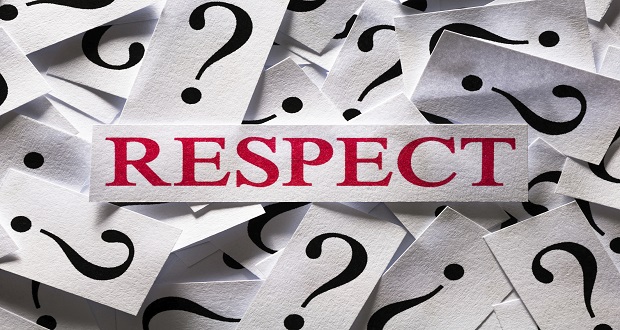
Have you ever noticed DEIJ work is often handled differently than “regular work?” What if corporations invested in DEIJ like profit margins depended on it? If nonprofits modeled transparency as though it were grant-worthy? What if public sector agencies monitored psychological safety because it was politically advantageous? Really imagine that level of disruption, because it’s absolutely possible.
Across sectors, we find ways to pull out the stops for priorities that matter to us. We figure it out. We find a way. We take risks that disrupt industry standards, and we move with precision even amidst ambiguity.
Why don’t we show up for DEIJ with that same energy? What is holding so many workplaces in a pattern that lacks direction or purpose? The simplest answer: complacency. In organizations big and small, there is widespread DEIJ overwhelm and disconnect. A general laissez-faire, opt-in engagement approach that yields mediocre outcomes, low accountability, and slow progress.
The good news: If your organization seeks to disrupt complacency, it is very possible through truth-seeking, solution-building, and building in accountability structures.
Truth-Seeking and Solution-Building
To solidify a proper foundation, seek out sources of truth that paint a picture of your culture. For example:
- What does hiring and promotion data say about opportunities?
- Do patterns in disciplinary actions and complaints reveal bias?
- How many solutions recommended by those most impacted were acted upon, and what does that say about how much you value their opinions?
Digging into workplace patterns and perspectives can be uncomfortable and overwhelming, but it is critical to building a responsive place-based action plan for your business. From there, you can begin to reach for specific solutions, resources, and tools.
Expectations and Accountability
Next, expand focus to include the establishment of clear boundaries and plan for accountability. Be clear about what specific behavioral expectations the organization has surrounding equal opportunity, antiracism, accessibility, etc. Aligning intentions and raising awareness will only get you so far; “raising the bar” is what is necessary for social shifts to begin to take hold. To sustain the movement, folks have to know what their role is. Higher expectations should be paired with elevated support; ensure decision makers are consistently present, involved, and ready to remove barriers along the way.
Organizations solve massive problems when they get focused, and often demonstrate their ability to move precisely toward targets, even when they are moving or complex. For justice at work to be realized, we have to come at it with that same energy we bring to everything else.


















